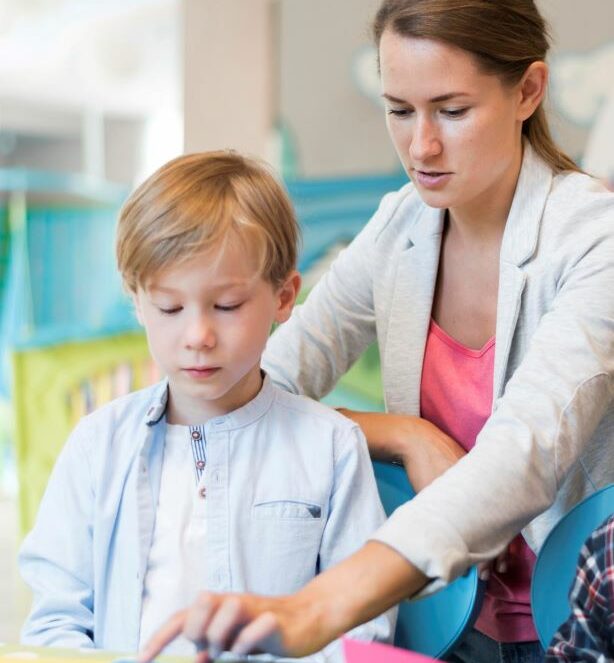In a recent Harvard Business Review, the article “Ask This Question at Your Next Meeting” caught my attention. The author was focused on making meetings more useful and increasing productivity. What struck me was how asking this one question could boost self-reflection, engagement, and growth in the classroom. The question is: What are you stuck on?
Teachers work hard to establish a trusting and safe learning environment. Time has been purposefully spent in class discussing a growth mindset, that the brain is a muscle to be exercised so it can grow. Teachers also discuss that risk-taking is a safe thing to do; that we learn from our mistakes. By publicly (even with a partner) sharing what is getting in the way of their learning, students become open to:
- Peers acting as instructional resources
- Getting creative with ways to problem solve
- Being able to move beyond perceived barriers. Learners can get unstuck.
Using Self-Reflection to Increase Productivity
Think about your classroom or your faculty meeting even. If learners knew in advance that they would be asked to respond to this question on a specific day/time, how would they prepare? Knowing the question prompts them to self-reflect. If you are using methods for learners to track their learning progress, they would have tools and resources, previous work, to pull out and review. They can figure out and articulate where or on what they are stuck.
Their perceived barrier (or challenge) may be one that a peer experienced and worked through. Every learner has strengths. Sharing what one person is stuck with may allow another person’s strength the opportunity to surface, which can foster more open dialogue. Sharing in a risk-free community setting can prompt action. First, for all this sharing to happen, some prompts to start the conversation may be necessary.
Helping Students Get Unstuck
Helping classmates get unstuck may be a new activity for your learners. Once students learn, sharing should be more fluid. Second, you may find that learners need help identifying their strengths. This is a useful activity, so they know when to jump in and offer ideas and support. And third, how to offer ideas and support may benefit from some prompts as well. After all, this idea of publicly sharing where one is stuck may take some getting used to.
When we teach our students that getting stuck is part of the learning process, the stigma of not knowing or not getting things right all the time diminishes. Being stuck and not talking about it draws time, energy, focus, and self-esteem. It keeps learners in a stagnant place. Surfacing where learners get stuck can empower them as resources for each other, help them draw closer as a community of learners and actually accelerate their growth.
Students can begin to see that getting stuck is 1) a natural part of the learning process, 2) something that everyone experiences, and 3) when they can’t get themselves unstuck, they have a community to call on for help. It supports them in thinking that each of them can be a resource for another.
Read more from Kathy Dyer here.






